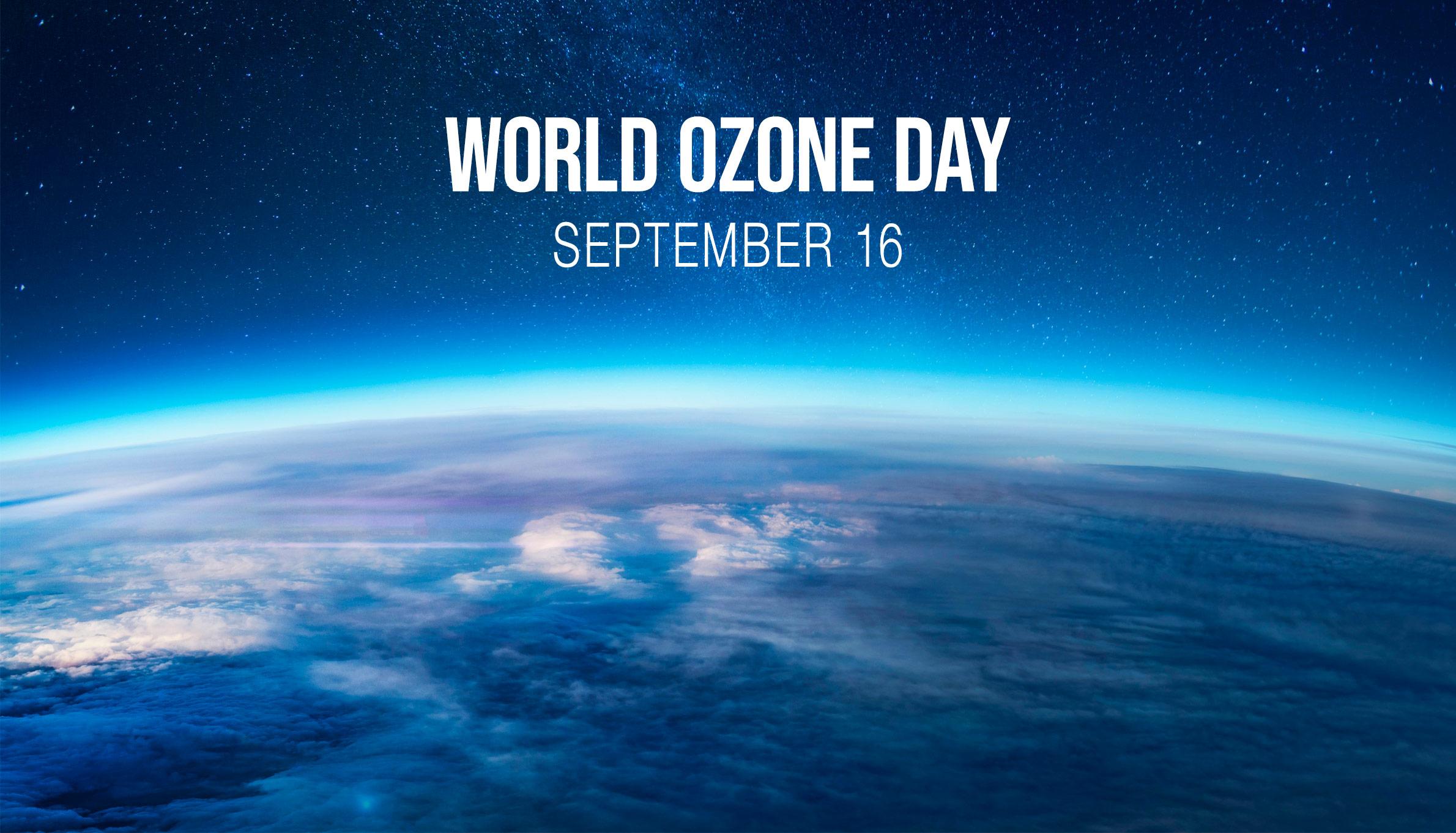
The Ozone Layer’s annual international day of preservation
The Ozone Layer: Earth’s Guardian The ozone layer, a fragile shield of gas, safeguards Earth from the sun’s harmful rays, preserving life on our planet. A Remarkable Feat – The phaseout of ozone-depleting substances has protected the ozone layer and bolstered global climate efforts. This shields human health and ecosystems from harmful ultraviolet radiation. Montreal Protocol: A Beacon of Progress This Ozone Day, we celebrate the Montreal Protocol’s achievements. Its positive impact on ozone recovery and climate change mitigation is highlighted under this year’s theme, “Montreal Protocol: Fixing the Ozone Layer and Reducing Climate Change.” The Kigali Amendment, targeting hydrofluorocarbons (HFCs) and cooling sector efficiency, offers additional climate benefits. Visit the UNEP Ozone Secretariat’s Trello board for resources. Understanding the Issue Commonly used chemicals like halocarbons harm the ozone layer. Methyl bromide, methyl chloroform, carbon tetrachloride, halons, chlorofluorocarbons (CFCs), and hydrochlorofluorocarbons (HCFCs) contribute to ozone depletion. Vienna Convention: A Milestone The Vienna Convention for the Protection of the Ozone Layer, signed by 28 countries in 1985, led to the Montreal Protocol in 1987. Montreal Protocol’s Goal The Montreal Protocol regulates global production and consumption of ozone-depleting substances. It aims for their elimination based on scientific advancements. Nearly 100 chemicals are classified with phase-out timetables. Key Definitions The Protocol’s timetable tracks consumption, defined as production plus imports minus exports and verified destruction. It doesn’t ban the use of existing or recycled controlled substances after phase-out dates. Crucial Exceptions Essential uses like metered dose inhalers and halon fire-suppression systems have exemptions when suitable alternatives are lacking. International Day for Ozone Layer Preservation Established in 1994, September 16 commemorates the signing of the Montreal Protocol in 1987. Successful Implementation The Protocol’s progress in developed and developing countries adheres to phase-out schedules, with some surpassing targets. HCFC phase-out, less urgent due to lower ozone-depletion potentials, accelerates since 2007. Universal Ratification: A Landmark In 2009, the Vienna Convention and the Montreal Protocol became the first UN treaties with universal ratification. The Kigali Amendment Parties to the Montreal Protocol agreed in 2016 to phase down HFCs in Kigali, Rwanda. The Montreal Protocol sets a global example of cooperation and environmental stewardship, highlighting our power to positively impact our planet’s health and future when we work together.





